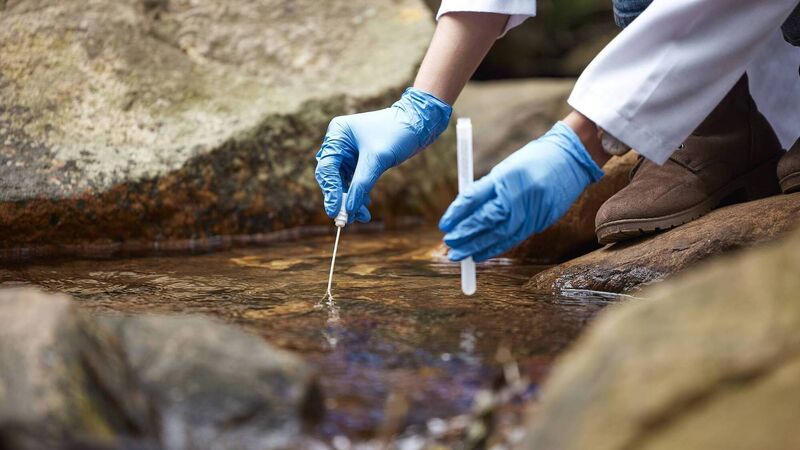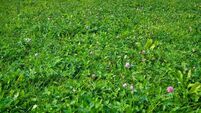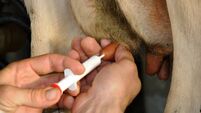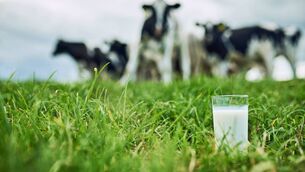Kieran Coughlan: Numbers behind water quality plans need fleshing out

Nationally, annual average river nitrate concentrations were the same in 2023 as in 2022, and there is no sign of improvement.
The EPA report into water quality for 2023 was issued this past week. The report isn’t a full assessment of Ireland’s water quality but an indicator report - we’ll have to until next year for a more comprehensive report as the next full report cycle will cover the period 2022 to 2024.
Nonetheless, the report does give insight into the direction of travel for water quality. Nationally, annual average river nitrate concentrations were the same in 2023 as in 2022, and there is no sign of improvement.













